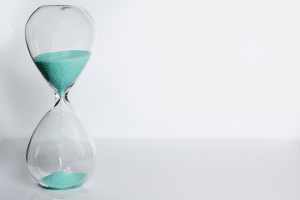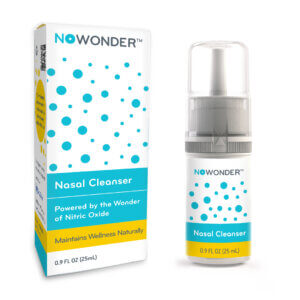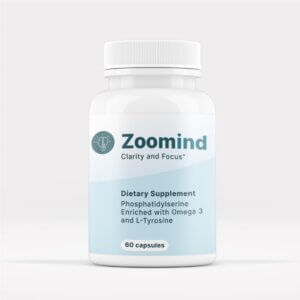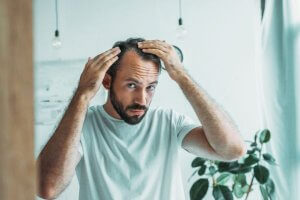
There’s no longer a need to simply accept that hair loss or thinning is an inescapable feature of aging. Many people have learned that there are some simple steps that, while not exactly cures, can slow down the rate of hair loss or thinning, and even in many cases reverse it so that over time a person can restore their hair to good health. People turn to minoxidil, an over‑the‑counter topical solution, to slow hair loss and stimulate regrowth. Meanwhile, natural support from supplements like Phyllotex or hormone‑support formulas offers a complementary approach.
This discussion covers how these options work, their benefits and limitations, and how they fit into a broader plan to reverse thinning hair without prescription medications.
- Role of hormonal hair loss in both sexes
- How minoxidil supports scalp follicles
- The benefits of Phyllotex’s ingredients
- Potential role of hormone supplements in aging adults.
As people seek safer, accessible interventions, these non‑prescription remedies become key tools for managing hair loss treatment and promoting healthier strands over time.
Hormonal shifts and age‑related hair thinning
Aging leads to hormonal shifts in men and women. In women, estrogen and progesterone decline during menopause. In men, androgen effects like DHT increase. Both changes contribute to DHT hair loss and androgenetic alopecia. Hair follicles shrink, leading to thinning over time.
Phyllotex: a dietary supplement approach
Phyllotex is a vegetarian hair growth vitamin designed for men and women. It addresses four common causes of thinning
- poor circulation
- nutrient gaps
- environmental stress
- the “hair assassin” protein linked to DHT.
Clinically validated users report reduced shedding within two months, and fuller hair from around four to six months.
Ingredients include green coffee bean, acai, olive leaf, and essential nutrients like zinc, magnesium, vitamin D, and B5. It supports nutritional deficiency hair loss and helps protect follicles in aging adults.
Hormone supplements for aging men and women
Hormone supplements marketed for men and women aim to support balanced adult hormone levels. While not the same as prescription HRT, these products may provide modest support for low testosterone or estrogen. Some users report improvements in scalp health or slower thinning, especially when combined with lifestyle changes. Reliable clinical evidence is limited, and results vary.
Combining strategies and expectations
Using minoxidil, Phyllotex, and wellness habits together may offer more benefit than any single approach. Realistic goals include slowing further loss, modest regrowth, and improving hair texture changes from aging. Gentle scalp massage, stress management, balanced diet, and avoiding harsh styling also support long‑term hair health. Results take time. Most approaches need 6–12 months of consistent use for visible improvement.
Hair health in summary
As men and women age, hormonal shifts, rising DHT, and androgenetic hair loss lead to visible thinner hair and shedding. Use of Phyllotex, a natural supplement targeting circulation, follicle nutrition, and DHT‑related proteins, may help reduce shedding and support fuller hair. Hormone support supplements offer potential benefits for aging adults, although evidence is limited and effects vary by individual.
When combined with healthy lifestyle choices, like proper balanced nutrition, stress management, and gentle scalp care, these non‑prescription remedies provide a realistic, accessible path to manage age‑related thinning. It takes time and consistency, but many people notice slower loss, fuller strands, and improved scalp health within months.
Frequently Asked Questions About Hair Thinning
Can minoxidil help both men and women with thinning hair?
Yes. Minoxidil is approved over-the-counter for male and female pattern hair loss. It helps widen scalp blood vessels and extend hair’s growth phase so follicles get more nutrients. Most people start seeing results in 3 to 6 months, and it must be used continuously or hair will fall out again. Side effects are usually mild.
What is Phyllotex, and does it really support hair growth?
Phyllotex is a natural supplement aimed at slowing shedding and helping with thicker hair growth in both sexes. Made with plant extracts (like green coffee bean and olive leaf) and essential nutrients, it targets multiple causes of thinning, including DHT protein activity. Users report reduced shedding and fuller hair within 4–6 months.
Do hormone-support supplements help with aging-related hair loss?
Some men and women use hormone-support supplements to support balanced hormone levels. These may help reduce hormone-driven thinning by promoting better scalp health. Evidence is limited, but some users report slower loss or improved hair thickness when used with other measures.
How long does it take to see improvement from non-prescription treatments?
For minoxidil, visible results usually appear within 3 to 6 months. Phyllotex users often notice reduced shedding within two months and visible gains in hair thickness by four to six months. Consistency matters. These treatments need months of regular use.
Are these non-prescription options safe long-term?
Topical minoxidil is considered safe for long-term use when used correctly. Side effects are generally mild. Phyllotex is described as natural and well-tolerated. Hormone supplements vary and should be used cautiously, ideally with advice from a healthcare provider.









